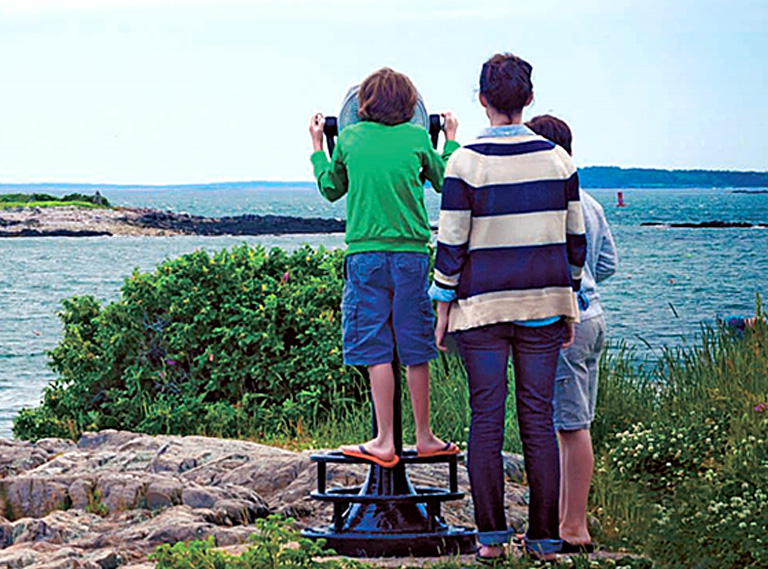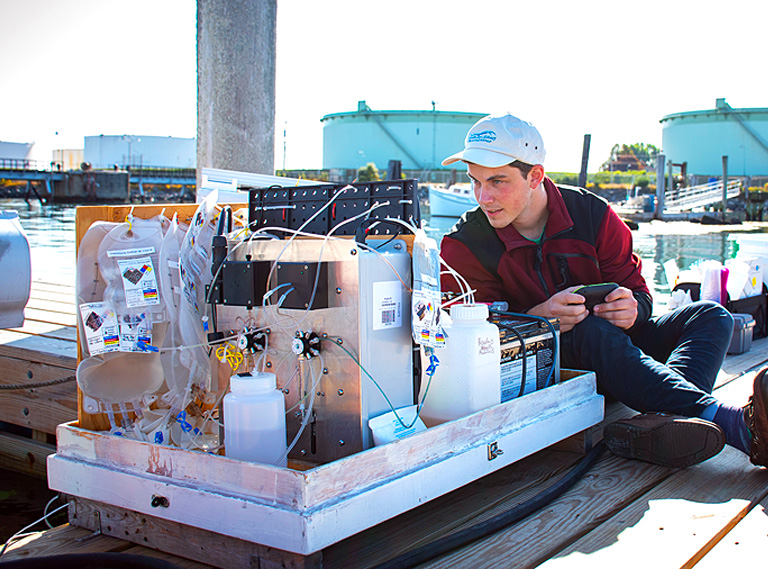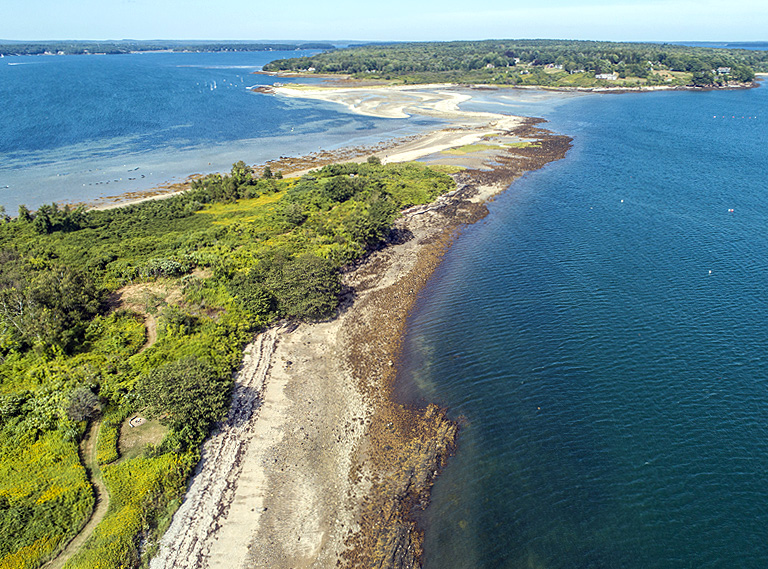CBEP'S GUIDING VISION
Enhance Casco Bay:
focus on actions that increase the Bay’s well-being - improving marine ecosystems, economic vitality, and the region’s quality of life.
Drive innovation:
catalyze creative, cost-effective and enduring environmental solutions that are grounded in good science and meet community needs.
Work collaboratively:
build on the collective strength of diverse interests, advancing a shared agenda for the Bay.
Link people and place:
foster widespread appreciation of the Bay’s ecological and economic values, and inspire residents, businesses and municipalities to adopt practices that reduce their impacts on Casco Bay.
Build capacity & understanding:
provide training and broadly disseminate information on Bay-related research, community initiatives, educational programs, and volunteer opportunities.
Adapt as conditions change:
foster regional resilience - the capacity for ecosystems and economies to adapt as climate and other variables shift, and to bounce back from unexpected disruptions.
The vision for a healthy and vital Bay is made concrete in the Casco Bay Plan, measured through the Casco Bay Monitoring Plan, and reported on in the State of Casco Bay reports.

The Casco Bay Plan
The Water Quality Act of 1987 authorized the U.S. Environmental Protection Agency to convene Management Conferences to develop Comprehensive Conservation and Management Plans (CCMP) for estuaries of national significance that are threatened by pollution, development, or overuse. Governor John R. McKernan, Jr. nominated Casco Bay to the National Estuary Program in 1989, at which point development of the first CCMP began. The critical nature of the actions adopted in CCMPs is underscored by the fact that only twice in the 25 years since the first plan’s adoption has it been revised. The Casco Bay Plan’s goals, strategies, and actions are the foundation for everything the Partnership undertakes as the most northeasterly representative of the country’s National Estuary Program.

Casco Bay Monitoring Plan
Integral to the implementation of the Casco Bay Plan is the Monitoring Plan, which lays out which of the many aspects of water quality and natural resources will be sampled and tracked to provide a long-term and comprehensive picture of the health of the Bay. Like the CCMP, monitoring plans have great longevity. CBEP’s first was created in 1996 and revised in 2004, the second was finalized by the Monitoring Network in 2020. The current monitoring plan sets four priority topics: nutrients and water quality; habitats; food web; human benefits, which form the bridge between goals of the Casco Bay Plan and the implementation of those goals.
Reporting on conditions in Casco Bay and its watershed is a requirement of the National Estuary Program, intended to hold programs accountable to their goals as stated in the CCMP. CBEP has issued a State of the Bay report in 1992, 2000, 2005, 2015, and 2020. Many indicators of water quality and environmental health like eelgrass and toxics can be followed through the decades in these reports. Other indicators, like coastal acidification and climate preparedness, are added as new threats and issues arise. The reports pull together multiple data sources and information collected over long periods of time, to showcase status and trends and patterns in the Bay’s ecological life. Read together, the Casco Bay Plan, the Casco Bay Monitoring Plan, and the State of Casco Bay reports illuminate the richness and variety of the Bay itself and of the people who are working to keep it healthy.
